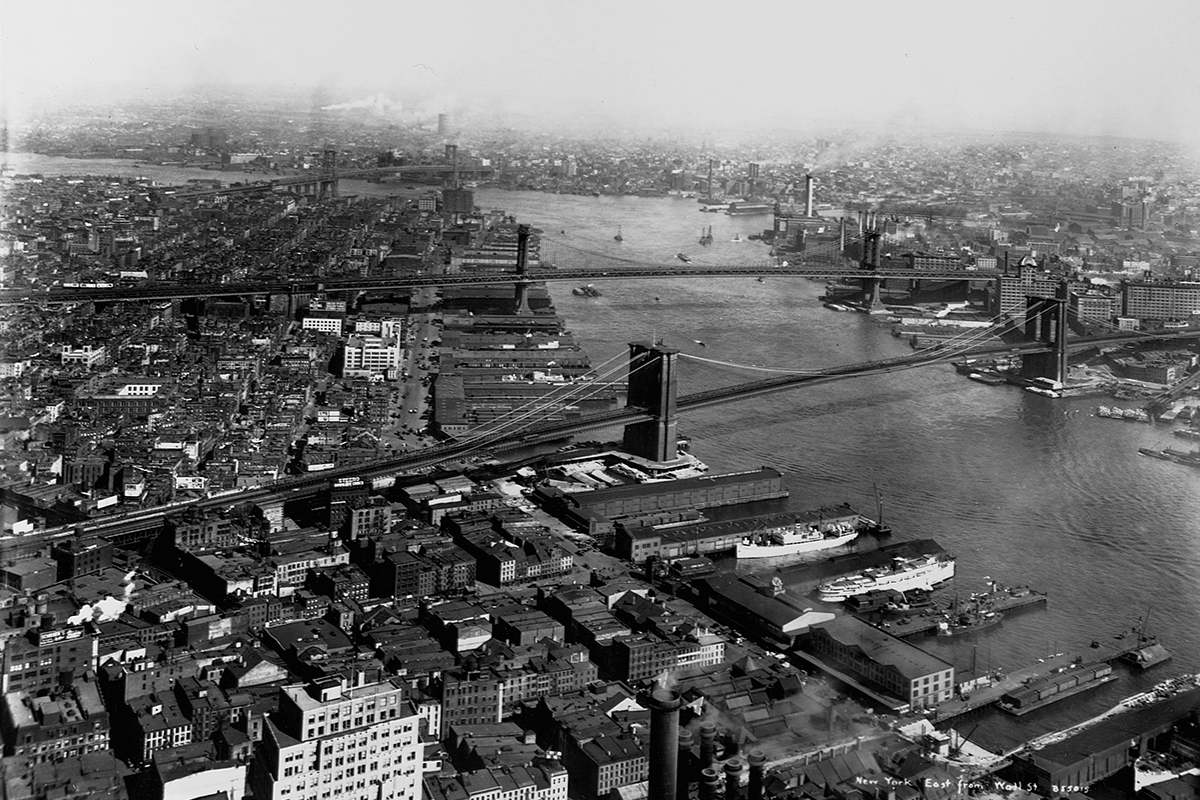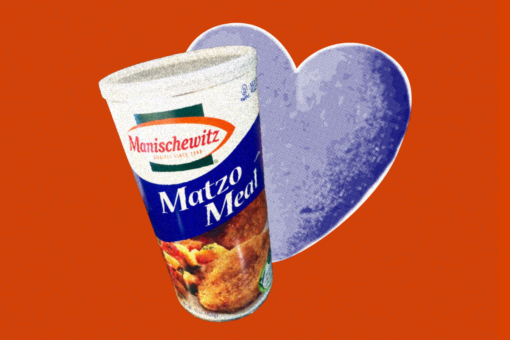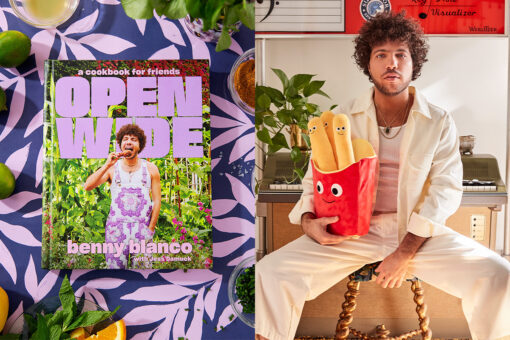I was fortunate to know my grandmother well into my adult life, but I spent the most time with her as a child in the ‘70s, when my mother often brought me from New York City to visit my grandparents in Levittown, Long Island. To my mother, the journey was a schlep. But I loved everything about it: the bustle of Penn Station, where blurs of adults dodged one another as if by complete luck in a chaotic dance to make their train; the Long Island Railroad’s plush seats, which had more room and privacy than the subway rides I knew.
When we arrived at my grandparents’ house, my grandmother looked at me like I was a gift she couldn’t believe had actually appeared. Her eyes lit up and she extended both arms, exposing a different colorful neckerchief each time. Her black bob of hair waved gently as jazz played in the background. She’d greet me with a warm kiss on the cheek that felt like time froze for two full seconds. Then she’d launch into a story.
“You know, Grandpa Joe…” I sat in awe, waiting for another story about my great-grandfather. “When he wanted to go to a nice restaurant he’d just call up the manager and say, ‘I’m planning a big party and I’d like to come try your restaurant.’ Or he’d say, ‘I’m a restaurant critic and I’d like to come try your restaurant.’” Grandma beamed as I giggled. She was proud of her father’s hustles and more proud that her only grandchild found her stories so entertaining.
When she died in 2009, she took those stories with her. But recently, my mother discovered a stack of Grandma’s written stories. They’ve opened a new window into her life — and highlighted similarities between us I’d never understood before.
One story delves into Grandma’s childhood in Crown Heights, Brooklyn — a short walk from where I live now, full of street names I know well. She describes her upbringing as “very lower middle-class, very Jewish.” Her crash course in Yiddish and Jewish culture runs from the most familiar — mosol means luck, tante means aunt — to lesser-known traditions like the naming of children after a deceased loved one, a tradition held so strictly in her mother’s family that she had 16 cousins with the same first name.
Grandma generously assumes the reader won’t know her vernacular, suggesting that her stories were intended for a wider audience. She explains the “Rag Jungle,” the dress industry on Seventh Avenue where her relatives proudly worked among what was “possibly the largest population of Jews anywhere in the world.” Grandma describes in gut-busting detail Mrs. Gold and “the problems accompanying the selection of proper husbands” for her five marriageable daughters.
Another story describes the “hoods, kooks, savory and unsavory characters” who moved into her family’s home in the late 1930s, when, out of financial necessity, they took in boarders. Grandma writes of her mother, my great-grandmother: “Long before Martin Luther King was even born or Gandhi taken seriously in this country, she (and others of her breed) had discovered the value of non-violence, passive resistance, and above all else, love in overcoming opposition and convincing others of her point of view.” I’d known little about my great-grandmother, but I now wish that I could have met her
My grandmother never published her writing and I’m not aware of anyone outside our immediate family who’s been lucky enough to read it. My mother only found nine stories and I’m dying to know if there are more. Each is written with a confidence and an elegance that suggests she’d been writing for years. I want to sit with my grandmother and hear in her voice what Crown Heights was like 100 years ago, and to contemplate how different it must have been… and also how similar. Today, though cars and cell phones denote an obvious shift in time, the grand throughfare of Eastern Parkway appears strikingly similar to how it looked when my grandmother walked its picturesque treelined paths.
The most powerful scene my grandmother describes is the 90-minute trolley trek over the Williamsburg Bridge back to Crown Heights after visiting a relative on the Lower East Side nearly a century ago:
Crossing the bridge, viewing the distant skyline with a mist or fog swirling about it, or watching a sleet storm whirl down the East River from the window of an antique old trolley wheezing across the bridge. If you have “made that scene” as I had, dozens of times, half of them after midnight on cold nights just to keep your mother company while she visited an ancient relative, then you have paid your dues. Your mother knew the true depth of your love.
The last trolley crossed the Williamsburg Bridge decades before I was born, but I’ve crossed it on foot dozens of times, sometimes imagining what the view was like before powerful yachts and jet skis dotted the East River, before people considered protecting their heads with bike helmets, before pedestrians tuned out with headphones and earbuds.
Grandma’s stories reflect a happy person who was always paying attention — hyper aware of the people and the things that surrounded her, obsessed with the tumultuous and often hilarious environment in which she existed, and steadfastly rooted in the influence of her Jewish family and friends. My grandmother was the first person in her family to attend college, graduating from Brooklyn College and then marrying my grandfather in 1947 when she was 24 — the same year she earned her Master’s degree from Boston University. Two years later she had my mother, my uncle two years after that. Then she got sick with multiple sclerosis. I can’t help but wonder if her illness was the reason she stopped writing — if she stopped writing
These days, I receive a few emails from my mother each week describing an observation at the grocery store, or ruminating on a short conversation with a stranger on the subway. Now, after reading my grandmother’s stories, I know where my mother got it — her ability to see a story in every interaction. There’s a line that runs from my grandmother to my mother to me, a connectivity that spans generations: the appreciation of an unusual moment, the desire to connect, if only for an instant, and the need to capture it on a page.
“Are you old enough to be one of the Real People?” my grandmother asserts on one neatly-typed page. “The People with Memories? I don’t mean by that the people who have almost total recall, but the people who have Things Worth Recalling.
When I read Grandma’s stories now, I can hear her sturdy voice as she recounts in vivid detail her memories of New York in the ‘30s, ‘40s, and ‘50s — in some ways, very like the New York I still inhabit and love. The capitalization of certain words and phrases is artistic and full of bluster. She wrote because her life was full of Things Worth Recalling.



